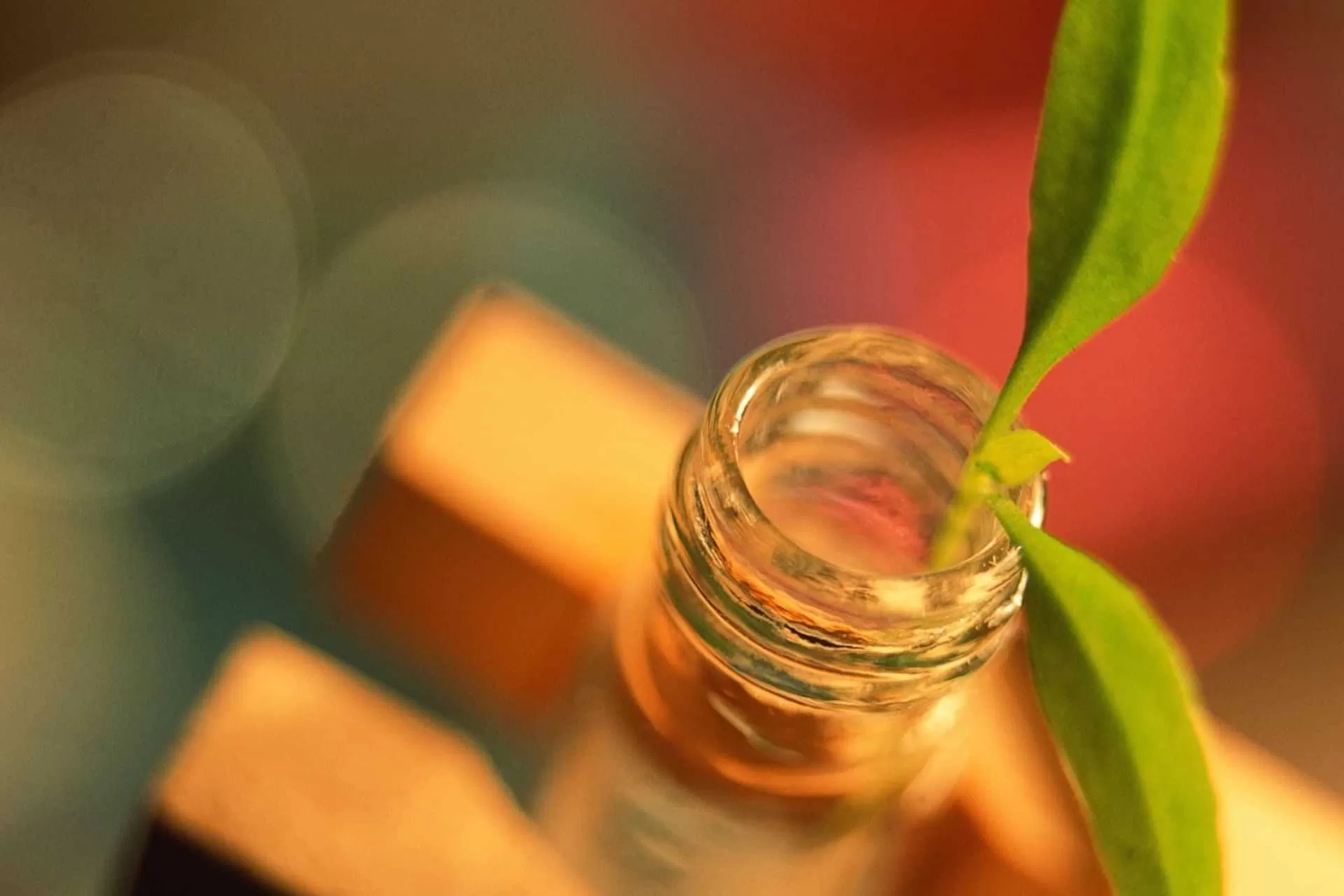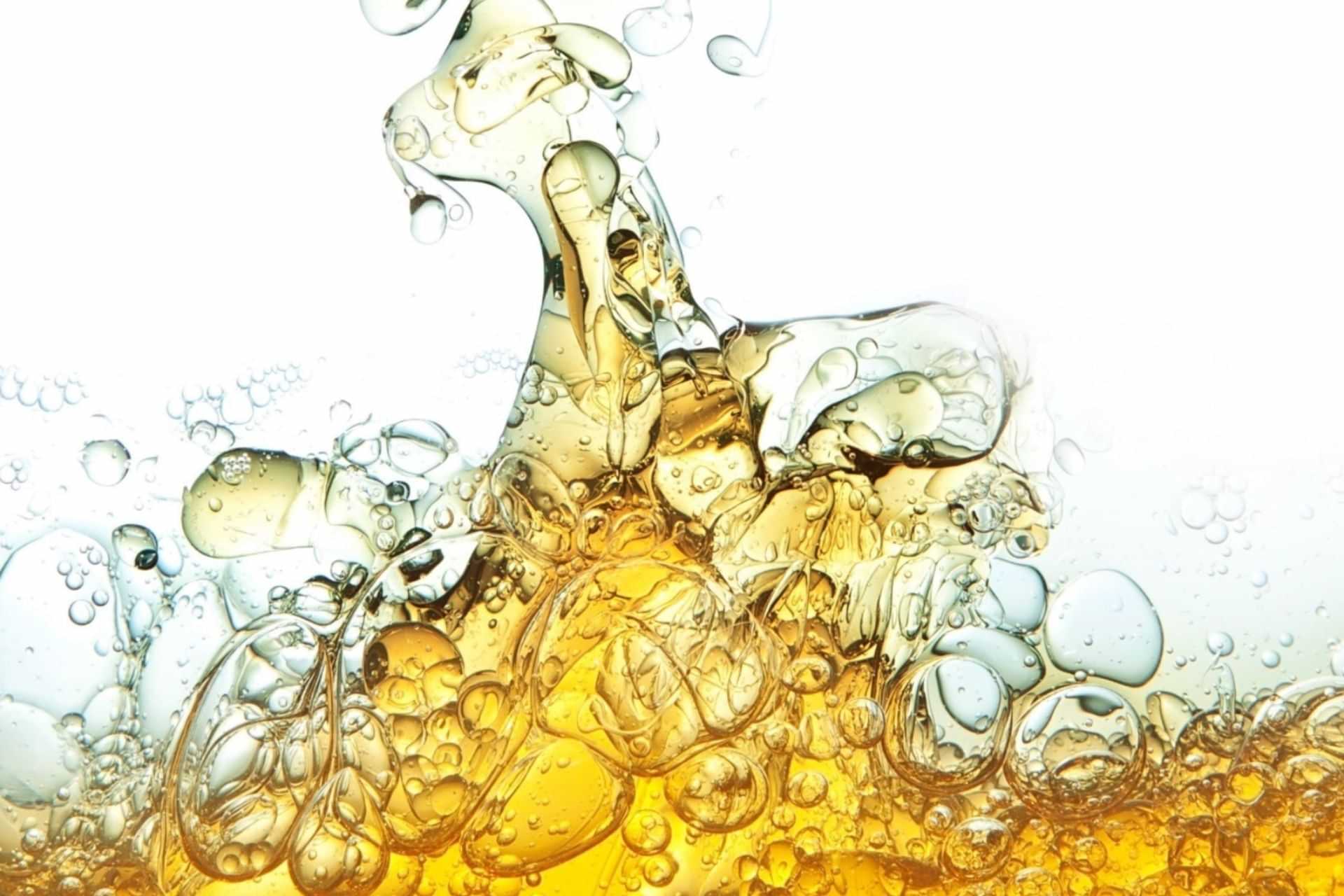- About
- Industries
- Products
- Wastewater Treatment
- Conventional Effluent Treatment: AQUASEP
- Toxic Refractory < 60,000 COD Removal: Catalytic Hydro-oxidation CHD-Ox
- Wet Air Oxidation for TOXIC > 60,000 COD : THERMOX
- Nanobubbles in Water Treatment: NANOPOREX-E
- Chemical-Free Cooling Tower Technology – A Sustainable Solution: ZEPHYR
- MVR for ZLD: Vapozem
- Membranes in wastewater Treatment: PROMEM
- TSS removal and Product recovery using Ceramics: PORESEP
- Heavy Metals and Trace Contaminant removal using Resins: SORBION
- Improving Efficiency of your sand bed filters: NANOMATRIX
- Choosing the Right technology for Wastewater treatment: Wastewater Treatability Studies’
- Reduce/Recover Oil from Wastewater: DISORB
- Produced Water Treatment: PWT
- Non Biofouling Membranes in wastewater Treatment: PROMEM-B
- Advanced Bioaugmentation Culture: BIOPORE
- Cavitation using Ultrasonics: RUSONICS-E
- Oxygen Generator System for Industries: OXYLIFE
- Process Solutions
- Precious Metal catalyst Filtration: CONTUFILT-M
- Activated Carbon Filtration: CONTUFILT-AC
- Raney Nickel Catalyst Filtration: CONTUFILT-RN
- Hot Gas Filtration: CONTUFILT – MH
- Biosolids removal using ceramics: PORESEP
- MVR for ZLD: VAPOZEM
- Ion Exchange-based RESINS: SORBION
- Dehydrating solvents by Zeolite Membranes: SOLVOSEP
- HiGee Continuous Distillation: ROTASEP
- Molecular Separation by Membranes: PROMEM
- Filtration & Separation
- Precious Metal catalyst Filtration: CONTUFILT – M
- Activated Carbon Filtration: CONTUFILT-AC
- Raney Nickel Catalyst Filtration: CONTUFILT-RN
- Hot Gas Filtration: CONTUFILT – MH
- Ceramic Dynamic Membrane Filtration: PORESEP
- MVR for ZLD: Vapozem
- Nano-Bubbles Improve Process Efficiency: NANOPOREX
- Alternate to Continuous Distillation / Rectification: ROTASEP
- Liquid-Liquid Extraction Mixer Settler: SEPARIX
- Ion Exchange-based RESINS: SORBION
- Pervaporation: Dehydrating Solvents and Separating Mixtures: SOLVOSEP
- Cartridges & Filter Bags: FLOWSEP™
- Molecular Separation by Membranes: Recovery and Isolation: PROMEM
- Colour / Organics / VOC Removal: CARBOSORB
- Oxygen Generator System for Industries: OXYLIFE
- RUSONIC – Sonochemistry
- Magnetic Separator Technology: MAG-Filt
- Wastewater Treatment
- Resource
- Contact Us
Recycling & Reusing Industrial Waste Water
Introduction to Water
Across the world, water is a free, cheap and readily available natural resource found in abundance for the entire ecosystem. However, though there is no compelling need to minimise waste or reuse and recycle water, the precious drops, once found in abundance, are fast becoming a scarce resource today.
To tackle the decline in the easy availability of natural water, UN SDGs (Sustainable Development Goals), as well as industrial water-based companies across the globe, are seriously looking at recycling and reducing the consumption of industrial water to meet effluent quality standards.
Following the dire need to reduce wastage in industrial water, wastewater companies are changing their line of approach from linear to circular water consumption technology. Instead, most industrial companies use innovative methods to treat, recycle, reduce water consumption, and optimise industrial wastewater management in Effluent treatment plants.
3 Rs
According to industry experts, the 3Rs – Reduce, Repurpose, Recycle, is the best option for water conservation. The water experts will now focus on the words, Reduce, Recycle, and Repurpose in wastewater management, which wastewater technology uses.
REDUCE is a method used in wastewater projects that changes the process so that water consumption or production of wastewater reduces. For example, for every litre of alcohol used, about 12 litres of Spent wash (wastewater) is generated in a distillery column. However, using improved distillery technology, some plants only generate 4-5 litres of wastewater per litre of alcohol produced.
REUSE or Repurpose is a method applied in wastewater treatment to purify and treat the effluents, and it finds use for cleaning, gardening, irrigation, and toilets, among others.
RECYCLE is the last mode used in wastewater treatment plants to purify and treat the effluents before being sent back to the plant.
Highlighting the increased potential of recycling and reusing more water
In the United Nations World Water Development papers and reports, the water industry reportedly withdraws 22% of all global water resources. High-income and industrialised nations consume as much as 59%, while low-income and developing countries only use up to 8%. The use of water in agriculture is almost 50% across the globe.
According to the latest trends and surveys, many corporate companies have realised the scarcity of water and how the lack of 'once easily available cheap resource' will affect their businesses tremendously. Hence, these corporate businesses have started focussing on 3Rs for water usage.
Though climate change adversely affects the water supply, the governments are also acting strongly against large consumers and Zero Liquid Discharge from Industry, which is becoming a norm. In addition, water pricing policies are in the process of being implemented to deter overuse.
Higher public focus on sustainability and corporate accountability put more pressure on big companies to reduce water use and increase recycling and reuse. In most cases, this is seen along the entire supply chain, as brands raise expectations for sustainable behaviour from their suppliers.
Save the world through the sustainable circular water consumption model.
Under the current popular linear economy model, the natural water resources are harvested, used and then disposed of in the environment again. The water is sourced from rivers, lakes and underground reservoirs and then used for production. Upon this, the wastewater is then discharged back into the water ecosystem directly or via effluent treatment facilities.
In the common and mostly followed linear economy, the reuse or recycling of wastewater is not an essential part of the production cycle, as wastewater reuse or recycling is considered a cost-increasing add-on that is not mandatory for the procedure. However, this linear consumption model is under immense pressure as the model requires a continuous supply of new resources and generates significant quantities of waste and removal from the system. In addition, the wastewater slurry is hazardous and toxic to both people and the environment and requires additional treatment. These constraints, enhanced by climate change, resource scarcity, regulatory policies and public awareness, illuminate the flaws of the linear model and encourage the move to a circular economy.
As part of a circular water consumption model, the entire process must follow the fundamental principle of reuse, recycling and recovery of water. The main focus of the circular economic model is to minimise both material consumption and waste while extracting the maximum value from the resources that enter the cycle. A circular water economy focuses on reducing water consumption through more efficient slurry water treatment, which provides greater reuse and recycling of the wastewater and, in many cases, the reclamation of other valuable resources from the wastewater, including nutrients, salts and chemicals products.
Drivers for increased reusing and recycling of industrial wastewater
Water Scarcity & Crisis
The biggest problem faced in the 21st century is water scarcity. Across the world, water is becoming an increasingly rare and expensive resource commodity. According to World Resources Institute's information, one-fourth of the global population face high water scarcity. In addition, several cities worldwide have faced severe water shortages, creating a strong incentive to minimise water waste and maximise the recycling and reuse of industrial wastewater.
Increased regulatory demands
With the increase in rapid depletion of water resources and widespread pollution in many regions, the local authorities have introduced regulations designed to improve wastewater recycling as well as reduce the discharge of contaminated industrial wastewater. It is now mandatory to use zero liquid discharge (ZLD) or minimal liquid discharge (MLD)in wastewater treatment processes. The schemes for increasing water reuse and recycling should comply with all regulatory requirements.
Pressure from consumers, customers and NGOs
Following the industries' growing focus on sustainability, conservation of resources and responsible production, most factories today face increasing pressure to reuse and recycle their industrial wastewater. In addition, local communities, NGOs and consumers demand more sustainable production methods, efficient reuse of water as well as less wastewater discharge.
Commitment to SDGs
By 2030, the focus of UN's SDG (Sustainable Development Goals) 6 is to enable all access to clean water and sanitation. The Sustainable Development Goals are the most potent drivers of the industrial revolution. The investments in industrial technology to reuse and recycle wastewater contributes to the more responsible use of local water resources.
Facing the uncertain challenges of industrial wastewater recycling and reuse
Lack of incentive
One of the biggest challenges to increasing the recycling of industrial wastewater is the availability of low-cost fresh water, which is a crucial factor. The low costs are also involved in discharging the untreated wastewater to sewers or local waterbodies. Hence new leadership support and sponsorship are a priority when attempting to implement new processes for wastewater recycling. Therefore, increasing the cost of water is a strong incentive to save water.
Complex effluent composition
In addition, the composition of the waste coming out of industrial processes varies greatly and is usually not easily treatable. Most have high levels of organic or biological compounds, including algae. In contrast, others contain active ingredients from pharmaceutical manufacturing, Hemicellulose from Viscose and heavy metals from the mining industry. The presence of elevated biological oxygen demand (BOD), chemical oxygen demand (COD), total organic carbon (TOC), and total dissolved solids (TDS), as well suspended solids, cause scaling or fouling of the equipment and numerous other problems. In addition, most industrial processes follow quality checks. Hence cleaning wastewater to a standard quality for reusing can be challenging.
High CAPEX and OPEX
Industrial wastewater management and recycling usually involve the factory's significant capital expenditure (CAPEX). In addition, stricter requirements for effluent treatment require investing in ZLD (zero liquid discharge) technology, which increases operating expense (OPEX) as energy-intensive thermal evaporators are usually needed to remove water from the effluent.
Limited land availability
The high expenditure resulting from new wastewater treatment solutions is not the only challenge that industries are facing today. The limited physical space available for new greenfield projects, or the expansion or rearrangement of existing facilities in densely populated regions, is also a big challenge, making it difficult for industrial facilities to simplify their treatment processes and optimise the usage of land.
Strategies for increased recycling of industrial wastewater
By indirectly contributing to increased wastewater recycling, the constant efforts to detect and prevent water waste and leakage from the water system will reduce the overall water consumption and limit the strain on water resources. A new method to minimise water consumption is using water-efficient technologies in the industrial processes, which is complementary to detecting and preventing leakages.
Optimise the water processes to save the golden drop?
The industries need to have a planning strategy for industrial wastewater reuse and recycling. Water sources to meet water demands should include reuse and recycling. It may be practical to adopt a modular approach that makes it possible to adjust the capacity of the demand changes. For example, it is possible to increase water reuse in an industrial environment, where one company uses treated wastewater from another company as a resource.
Save the environment! Treat wastewater at the source!
During most of the hazardous industrial processes across the globe, the effluent from the different wastewater processes can have different compositions, with some being much more difficult to treat when compared to the easily treatable compositions. Therefore, combining these effluent streams before treatment increases the difficulty of removing unwanted compounds and is called the Cocktail Effect. In addition, some of these untreated unseparated pollutants can badly affect the other contaminants, making them more challenging to treat. Hence separating these effluent streams and applying different treatments reduces the volume of unwanted wastewater.
Forward and reverse osmosis membrane filtration
The membrane filtration used in complex wastewater streams uses forward osmosis or reverse osmosis, providing the additional purification needed to maintain the water quality that makes the wastewater suitable for reuse and recycling. The membrane technology can significantly improve the efficiency of industrial wastewater treatment for reusing and recycling more water, reducing energy consumption, and decreasing disposal costs. Through membrane technology, a greater quantity of purified water is available for reuse while simultaneously reducing the energy needed to evaporate the effluent.
Conclusion
Through the introduction of a circular wastewater consumption economy, the reuse and recycling of industrial wastewater can easily contribute to meeting the water needs of several different chemical processes across the chemical processes in cooling towers, rinsing and cleaning, process water, aggregate washing, dust control, and agriculture, including the irrigation of food non-food crops. Today, one-fourth of the people across the globe face shortage in the availability of water. To date, most of these industrial cities have experienced a severe water shortage crisis, which has led to the implementation of policies for minimising the wastage of water waste and maximising the recycling and reuse of industrial wastewater.

Industries
Wastewater Treatment
Separation Sciences
Contact
Sign in for latest updates
Stay informed with the latest updates from Diva Envitec! Sign up for our newsletter to receive exclusive news, insights, and case studies directly to your inbox.

Copyright © 2024 Diva Envitec
Terms of Service
Privacy Policy
Industries
Wastewater Treatment
Separation Sciences
Contact
Sign in for latest updates
Stay informed with the latest updates from Diva Envitec! Sign up for our newsletter to receive exclusive news, insights, and case studies directly to your inbox.

